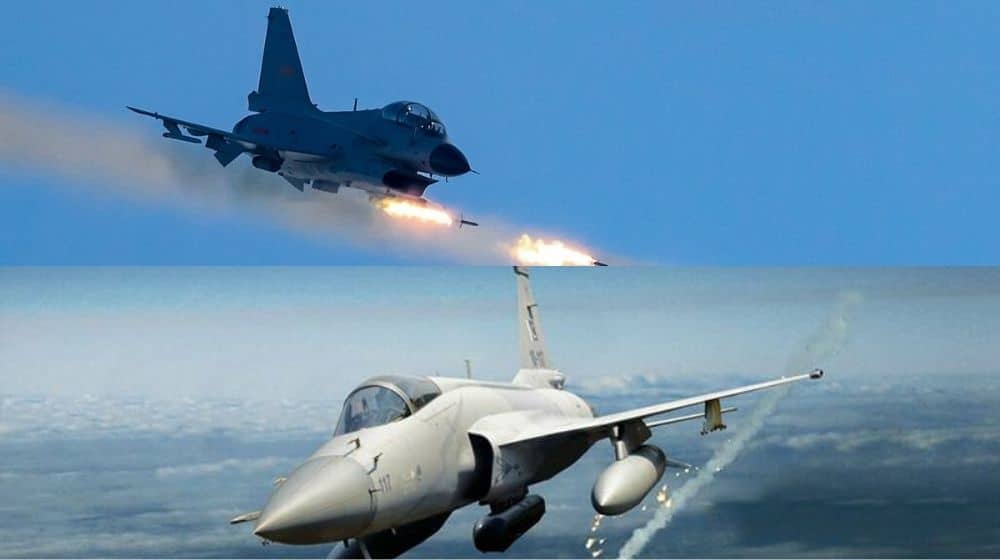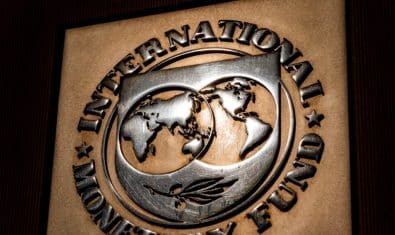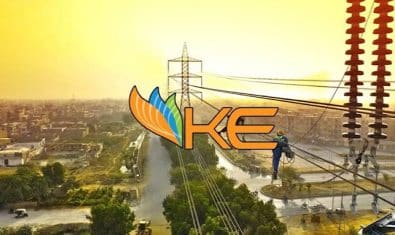The A-5C, J-7, Mirage III, and Mirage V jets effectively guarded the aerial boundaries of Pakistan for decades before they were replaced with JF-17 fighters that were inducted by the Pakistan Air Force (PAF) in February 2010.
As its name suggests, the Joint Fighter-17 or JF-17 aircraft has been jointly developed by the Pakistan Aeronautical Complex (PAC) and Chengdu Aircraft Corporation (CAC) of China.
The JF-17 jet can perform multiple roles including interception, ground attack, anti-ship, and aerial reconnaissance. In addition to this, it can deploy a number of weapons including air-to-air missiles, air-to-surface missiles, and 23 mm twin-barrel autocannon.
The JF-17 aircraft dominated the headlines across the globe in February 2019 when tensions across the Pakistan-India border escalated to a point where the world feared that a full-blown conflict between the two nuclear-armed neighbors was inevitable.
Three years later, PAF inducted J-10C fighter jets after acquiring them from China in just eight months rather than the years that defense manufacturers usually take to deliver fighter jets such as the J-10C.
The J-10C fighter aircraft has been developed by the CAC. It was unveiled in Pakistan in an official ceremony that was attended by Prime Minister, Imran Khan, Chief of Air Staff, Air Chief Marshal Zaheer Ahmed Babar Sidhu, Chief of Army Staff, General Qamar Javed Bajwa, Chief of Naval Staff, Admiral Amjad Khan Niazi, Defense Minister, Pervaiz Khattak, senior officials of the three forces, and members of the federal cabinet.
The J-10C fighter jet is a multi-role combat aircraft capable of all-weather operations. It is primarily designed for air-to-air combat, but it can also perform strike missions.
With the 23rd March parade just days away, the country is set to demonstrate its military might. Since JF-17 and J-10C fighter jets will also be seen performing aerial maneuvers, let’s look at the comparison of both aircraft:
Basic Description
| Attributes | JF-17 | J-10C |
| Weight | Light-weight | Medium-weight |
| Engine | Single-engine | Single-engine |
| Generation | 4th generation | 4.5th generation |
| Role | Multi-role | Multi-role |
General Characteristics
| Features | JF-17 | J-10C |
| Crew | 1 (single-seat JF-17A) or 2 (dual-seat JF-17B) | 1 (single-seat) |
| Length | 47 feet | 55 feet 2 inches |
| Wingspan | 31 feet | 32 feet 2 inches |
| Height | 15 feet | 18 feet 8 inches |
| Wing area | 263 sq. ft. | 400 sq. ft. |
| Empty weight | 7,965 kg | 9,750 kg |
| Max takeoff weight | 13,500 kg | 19,277 kg |
| Fuel capacity | 5,830 kg | 7,380 kg |
| Powerplant | 1 x Klimov RD-93 afterburning turbofan with DEEC, 49.4 kN thrust dry, 84.4 kN with afterburner | 1 x WS-10B afterburning turbofan engines, 89.17 kN thrust dry, 142 kN with afterburner |
Performance
| Characteristics | JF-17 | J-10C |
| Maximum speed | Mach 1.6 | Mach 1.8 |
| Stall speed | 150 km/h | 200 km/h |
| Combat range | 1,450 km | 2,600 km |
| Ferry range | 3,481 km | 2,950 km |
| Service ceiling | 55,510 feet | 56,000 feet |
| G limits | +8/-3 (limited by flight control system) | +9/-3 |
| Rate of climb | 59,000 ft./min. | 59,000 ft./min. |
| Thrust/weight | 1.07 | 1.10 |
Armament
| Type | JF-17 | J-10C |
| Guns | 1 × 23 mm GSh-23-2 twin-barrel cannon or 1 × 30 mm GSh-30-2 twin-barrel cannon | 1× Gryazev-Shipunov GSh-23 |
| Hardpoints | 8 (2 × wingtip, 4 × under-wing, 1 × under-fuselage, 1 × under-chin) with capacity for dual ejector racks on each under-wing hardpoint | 11 (6× under-wing, 2× under-intake and 3× under-fuselage) with a capacity of 5600 kg of external fuel and ordnance |
| Rockets | – | 90 mm unguided rocket pods |
| Air-to-air missiles | PL-5DE
PL-9C PL-10E R-Darter PL-12 PL-15E |
PL-8
PL-10 PL-12 PL-15 |
| Air-to-surface missles | CM-102
MAR-1 LD-10 Ra’ad-II HD-1A |
KD-88
YJ-91 |
| Anti-ship missiles | C-601
C-705KD C-802AK CM-400AKG HD-1A |
– |
| Unguided bombs | 250 kg Pre-fragmented bomb
Mk-82 Mk-83 Mk-84 HAFR-1/HAFR-2 RPB-1 |
250 kg and 500 kg Pre-fragmented bomb
|
|
Guided bombs |
GBU-10
GBU-12 GBU-16 LT-2 H-2 SOW H-4 SOW GB-6 NORINCO GB-250A NORINCO GB-500 LS-6 GIDS Takbir GIDS Range Extension Kit |
LT-2
LS-6 GB3 GB2A GB3A FT-1 |
Avionics
| JF-17 | J-10C |
| KLJ-7-A Active Electronically Scanned Array (AESA) Fire-Control Radar | Type 1473H Pulse-Doppler Fire Control Radar |
| ALR-67 Rader Warning Receiver (RWR) | K/JDC01A Targeting Pod |
| S740 Missile Approach Warning System (MAWS) | Type Hongguang-I Infra-Red Search and Track Pod |
| JZ/YD 125 IFF System | CM-802AKG Targeting Pod for KD-88 and YJ-91 |
| MIT-STD-1553 Databus | KG600 Electronic Countermeasure Pod |
| Link-17 Tactical Data Link | Blue Sky Navigation/Attack Pod |
Variants
| JF-17 | J-10C |
| JF-17A Block 1 | J-10A |
| JF-17A Block 2 | J-10AH |
| JF-17B Block 2 | J-10S |
| JF-17 Block 3 | J-10SH |
| J-10B | |
| J-10B TVC Demonstrator | |
| J-10C | |
| J-10CE |
Operators
| JF-17 | J-10C |
| China | China |
| Pakistan | Pakistan |
| Myanmar | |
| Nigeria |
Note that Pakistan is the first country that has acquired the J10-C from China and most details of the export variant of the Chinese fighter jet are yet to be revealed officially.



























Corrections: Jf17/FC-1 is NOT operated by China. J10C does not have pulse doppler radar. It has AESA radar. Also, almost all the armament available to Jf17 is or will be available to J10C, which is not show in this article.
air chief now is Air Chief Marshal Zaheer Ahmed Baber Sidhu not Mujahid Anwar Khan.
Please correct your information.
Wrong info in some places. Radar is completely old info. J-10C has AESA.
Info in article is wrong.
Why r u spreading complete wrong info about avionics, radar and armament, u don’t have any knowledge about fighter jets, even u have copied wrong information
1. there is no JF-17 A rather there are blocks (blk 1,2 and recent one is 3) besides dual seater JF-17 B
2. JF-17 is 4.5 gen (uses AESA radar)
3. J-10 is induct with AESA radar
4. China did not induct JF-17
must have done some research.
They induct but the name is changed in china jf17 is known as fc1 xialong
J10c has an AESA radar not pulse doppler